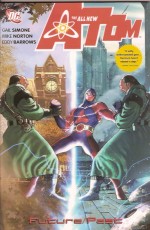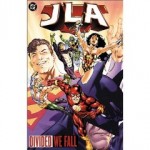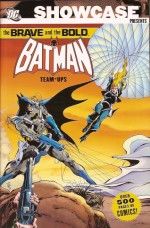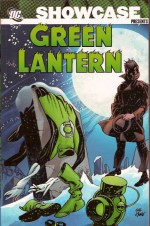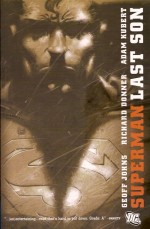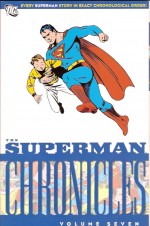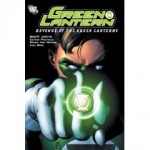
By Geoff Johns, Carlos Pacheco, Ethan Van Sciver, Ivan Reis & others (DC Comics)
ISBN13: 978-1-84576-355-8
Following on from his triumphant resurrection in Green Lantern: Rebirth and return to the superhero “A-List†in Green Lantern: No Fear this third collection recounts the on-going adventures of Hal Jordan, troubled test-pilot and inter-galactic policeman in a sequence that encompassed the One Year Later publishing event (after the Infinite Crisis event, the company re-set the time line of all their publications to begin one year later. This enabled them to reconfigure their characters as they saw fit, provide a jumping on point for new converts and also give themselves some narrative wiggle-room), and firmly placed this series at the hub of all future DC continuity.
Collecting issues #7-13 of the monthly comicbook, all the stories here are written by Geoff Johns and the hints and plot-markers for both the upcoming Sinestro War and Final Crisis epics are liberally sprinkled throughout the yarn re-presented here.
‘A Perfect Life’ illustrated by Carlos Pacheco and Jesus Merino, paired GL with old friend Green Arrow in a riotous showdown with alien marauder Mongul, a two-part blockbuster that gave the veteran warriors a tantalising glimpse of how their lives could, or perhaps should have been.
Next comes ‘Branded’ with art by Ethan Van Sciver and Prentiss Rollins, which sees GL tackle a long-standing enmity with Batman, who cannot bring himself to trust a hero who has already gone rogue once, whilst the pair have to defeat a deadly new version of the Tattooed Man. The end of that tale marks the jumping-off point for One Year Later. The volume continues immediately with the eponymous ‘Revenge of the Green Lanterns’.
During the missing year the Infinite Crisis rocked the DC universe, and in its aftermath world politics shifted. Superheroes are no longer as popular as they once were and many countries have forbidden them to operate within their national borders. The story opens as Green Lantern invades Russian territory (and not for the first time) in hot pursuit of an alien foe, and when challenged by Rocket Red defenders takes out his impatience on them.
It transpires that year ago Hal Jordan rejoined the air force, and with old pals Jillian “Cowgirl†Pearlman and Shane Sellers was shot down by Chechnyan rebels. Held for months before escaping Jordan holds himself responsible: the arrogant hotshot had decided not to wear his ring in combat and his friends suffered torture and maiming because of his complacency. He has much to atone for and his patience with Earth politics is now non-existent…
Â
Moreover, in ‘Revenge of the Green Lanterns’ (pictured by Ivan Reis and Marc Campos) many members of the revived Green Lantern Corps cannot forgive him for the deaths he caused when possessed by the fear-parasite Parallax, so when a lead to missing Lanterns supposedly dead at his hands crashes at his feet Jordan ignores direct orders from the Guardians of the Universe to track them down and sets out with fellow Lantern Guy Gardner for the edge of the universe…
Ending in a spectacular battle against the Cyborg Superman and the robotic Manhunters Hal Jordan’s moment of triumph seems supreme, but throughout the universe creatures of immense violence and evil are being recruited by an implacable old enemy and the Guardians are making secret preparations for an impending catastrophe that will shake the very heavens…
Breathtaking in scope, superb in execution, this is perfect superhero storytelling: but unless you have a basic familiarity with DC /Green Lantern history you’d best review some of the earlier graphic novel collections before even attempting this little cracker…
© 2006 DC Comics. All Rights Reserved.

